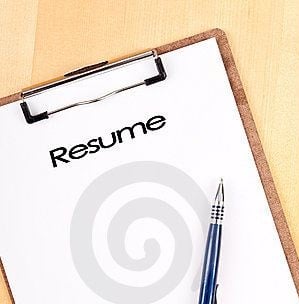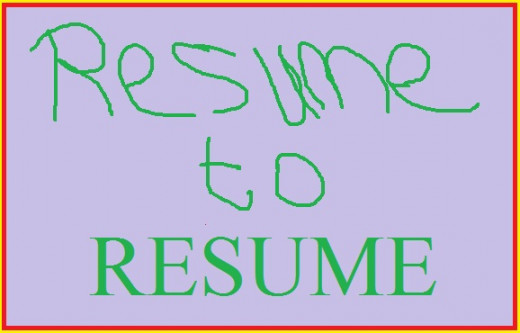How to Write a Good Curriculum Vitae (CV)

Resume Writing Tips
Gone are the days, when employers were with broad-mindedness in the recruitment procedures. Especially, when economic slowdown is on its peak level, you should make sure that your curriculum vitae stands out to beat the competition. You must have come across situations, in which the application is turned down without even an interview call. If this is the case with you, it is high time for you to hone your resume writing skills in order to secure your dream job. While writing a perfect CV definitely requires a lot of patience and homework, here are few tips on how to write a CV flawlessly.
Format
While starting to write your resume, it is obvious that questions like how a resume should be and what information it should consist of hover around your mind. For your information, there are different types of resumes for different purposes such as academic resume, job resume and resume for project acquisition. As far as a job resume is concerned, it consists of four standard sections, namely career objective or mission statement, personal information, work experience and educational qualification.
You may include some more sections if the employer specifically mentions them as requirements. If you are a fresher and do not have any work experience, provide information about some of your accomplishments that make you perfect fit for the position you apply for.
Career Objective
This is the section, which wants you to be little tricky and requires little homework. Ensure that your career objective or mission statement align with the organization’s goal or objective or mission statement. The organization’s website can provide you with the necessary information in this regard. You need to do this because the employer wants someone to work for the organization’s goal and they do not want to hire you if you have different ambition in your life.
Personal Information
When it comes to personal information, avoid being too personal. At the time of recruitment, employers need your full name, contact number, email address and mailing address in your personal information section. Do not include information such as marital status, religion, political affiliation or hobbies, since this may distract your employer’s attention.
Never include sensitive information such as driving license number or social security number in your resume, since it may lead to identity theft if it ends up in the trash.
Work Experience
Provide only relevant experience details for the position you apply. Though you mention unrelated fields, do not emphasize much on them. Try to give information as much as possible that elucidates why and how you are the perfect candidate for the job. Do not just list your previous job titles and responsibilities, but also explain what you learned and what skills that are necessary for your new job you acquired from your previous work experience.
Educational Qualification
List all your educational qualifications with name of the institutions, percentage or grade, and the year you passed the final examinations. Mention certificate courses if they are relevant to the position you apply. You can mention other skills such as computer proficiency and type writing if they are helpful to the new job. You need not submit the copy of certificates or mark statements at this stage.
Salary Requirements
Provide this information only if the employer wants you to mention. Otherwise, leave this topic for the final round of your interview, which is salary negotiation. If the employer wants you to mention expected salary, give a broad range. However, before mentioning this, do your homework to find out how much others are getting for similar jobs with similar experience. There are so many sources available in the Internet to figure out this information. Also, try to figure out the financial position of the employer and make sure that your expected salary is within their budget if you desperately need a job. For instance, if it is a new and growing organization, you will not be able to expect big salary package. At the same time, just to secure the job, do not underestimate yourself by keeping your expected salary very low.
Never Use Same Resume
This is one of the most common mistakes done by many job seekers. Do not use the same resume for every job you apply. Go through the job profile and employer’s website. Try to figure out what the employer is expecting from the potential candidates. If you have those skills and are confident that you can meet the employer’s expectations, change the information in your resume accordingly and apply.
In order to make the task simple, keep a standard copy of your resume, which consists of aforementioned personal information, all your work experience details, educational qualifications and previous accomplishments. Whenever you apply for a new job, edit it according to the job profile.
Cover Letter
Never forget to attach a cover letter along with your resume. Cover letter is the summary of your resume. However, it provides the opportunity to explain the confusing part of your resume if there is any. You can explain in detail how and why you are suitable for the job. However, avoid being too personal. Exhibit professionalism throughout your cover letter as it reveals your communication skills to the employer.

Be Genuine
Do not try to manipulate any information. Remember that your employer can find out everything about your educational qualifications and previous work experience through background check. So be genuine and explain what you did and what you are capable of.

Proofread
Never forget to proofread your resume and cover letter. If there is any spelling mistake, it will give very bad impression at the first sight itself. Do not rely on spell check tools. Go through your resume and cover letter manually and double check the information provided. Express positive attitude throughout your resume and cover letter. This means that give more importance to what you know and what you can. Leave the tricky questions for the interview and be prepared to face them.
© 2012 Sundaram Ponnusamy



